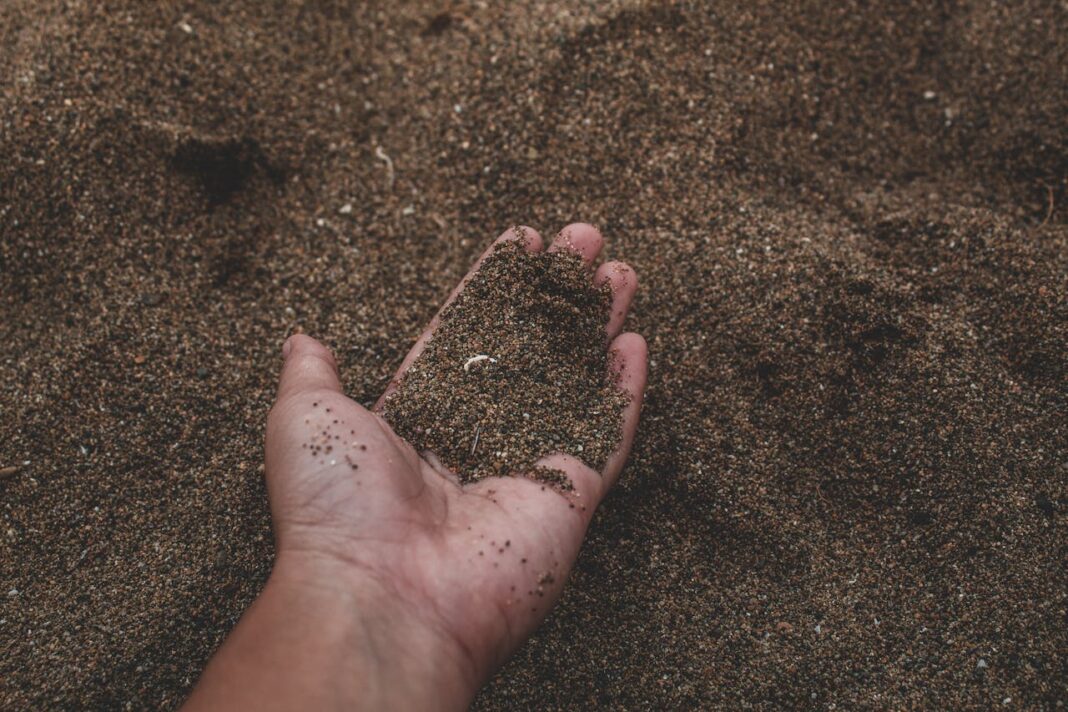Understanding the range of soil supplies available is essential when starting any gardening or agricultural project. The soil in your garden is more than just dirt; it’s a complex mixture of minerals, organic materials, and myriad microorganisms, all crucial to plant health.
Different types of soil can greatly influence the well-being of your plants and the overall success of your gardening and agricultural endeavors.
This article will delve into the main types of soil, exploring their unique properties and how best to use them in various gardening and landscaping scenarios.
Sandy Soil
Sandy soil is recognized by its large, coarse particles and gritty texture. This type of soil is particularly easy to work with due to its loose structure, which allows for quick drainage and prevents water from accumulating and potentially causing root diseases like rot.
However, its rapid drainage also means that sandy soil does not retain nutrients well. This might require gardeners to apply fertilizers more frequently than with other soil types.
Clay Soil
Clay soil is dense and packs together tightly due to its very small, compact particles. It excels at holding water and nutrients much more effectively than sandy soils.
While this nutrient retention is beneficial for growing plants that require a lot of nutrients, it also makes clay soil heavy and challenging to work with, particularly when wet.
To improve its structure and make it more manageable, it is often necessary to replace clay soil with organic matter, such as compost or manure.
Loamy Soil
Regarded as the ideal gardening soil, loamy soil offers a perfect balance of sand, silt, and clay. This balanced composition ensures that loamy soil is well-draining yet capable of retaining adequate moisture and nutrients.
It is also generally easier to till than clay, making it very user-friendly for a wide range of gardening applications. Loamy soil supports an extensive array of plants, which is why it is highly prized for diverse landscaping projects.
Whether you’re cultivating a vegetable garden, planting a new lawn, or designing a colorful flower bed, loamy soil is likely your best choice.
Peaty Soil
Peaty soil is notable for its dark color and high organic matter content, making it soft and rich. It retains a significant amount of moisture, which can be a major advantage in dry regions but might necessitate improved drainage in areas with higher rainfall.
Peaty soil is naturally acidic, which makes it an excellent medium for acid-loving plants such as rhododendrons, camellias, and blueberries.
To make peaty soil more conducive to a broader range of plants, it may require amendments like lime to neutralize its acidity and sand to enhance its drainage capabilities.
Conclusion:
Understanding the distinct types of soil and their properties is crucial for anyone looking to make informed decisions about their garden. This knowledge not only aids in selecting the right soil for your needs but also in managing and enhancing soil health over time.
By aligning your gardening practices with the specific characteristics and benefits of your soil type, you can achieve a thriving garden that is both beautiful and sustainable, reflecting the best practices in modern gardening.

